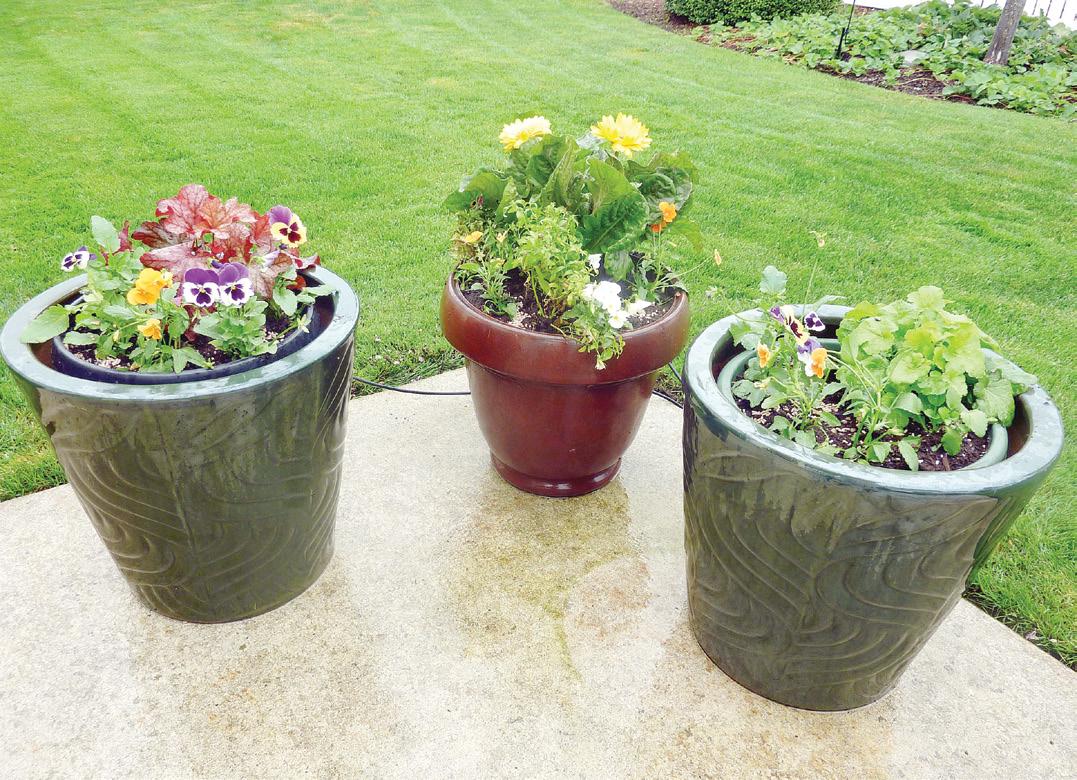C
herries, plums and apricots. Prunus is the tree that gives so many fruits to the world after a brief period of breathtaking bloom. Peaches and nectarines (which are a type of peach) also come from the genus Prunus in Ontario and BC and almonds grow in warmer climes. If you garden for strictly ornamental reasons, there are flowering cherries and plums available that don’t produce fruit. Canada has a few native cherries and plums. Chokecherries (P. virginiana) and black cherries (P. serotina) are from the prunus genre, though both are too sour for most people to eat out of hand. They are delicious cooked with sugar into jams and pies. For plums there are the Canada plum (P. nigra) and the American plum (P. americana), which are quite lovely when fully ripe. They also make fantastic pies, jams and other sweets. Sand cherries (P. pumila) are native to much of Canada as well and edible, though not many people bother. There are some recipes online. Planting All fruit trees should be planted in a position where they will get plenty of sun. If you cannot get full sun exposure, choose an eastern exposure first, western second. It isn’t a good idea to plant a fruit tree to the north of a building where it will be in shadow for most or all of the day. They are not too fussy about soil pH and like average moisture and humus. When you plant them, keep them watered well for the first year, while they get established. Choose a site sheltered from the wind. Pruning When it comes to pruning, there are several websites with articles specific to prunus trees. Make sure you are consulting a Canadian one because requirements can differ between Canadian Zone 2 and USDA Zone 8. In general, though, except for peaches and sweet cherries, you will prune your prunus in the very late winter, while the trees are still bare. This will prevent them from putting energy into branches you’re going to cut off without leaving the cut wound un-healed for too long. With peaches and sweet cherries, the cut wounds will not heal below 15 degrees Celsius, so you should prune when tempera20 • 2019
Prunus
Prunus virginiana ‘Chokecherry’.
tures are in this range. You can prune in spring or summer, which will slow the growth of your tree. This can be good if your tree is already at or beyond the size you want it to be. You should never prune in fall unless it is to be rid of dead or diseased wood. You can and should prune dead or diseased branches out at any time. On a new tree, prune to direct growth. Let it grow as it is for the first six to nine months until it is late winter. First, get rid of all branches less than three feet above the soil. Then choose main branches growing outward, at least 12 inches apart, going east, west, north and south. (The directions are Issue 1
not specific; you can choose branches going north-west, south-east, northeast and south-west, or whatever. Just choose your lowest good branch above three feet and alternate directions from there.) Look for good branches with a wide crotch, the spot where the branch joins the trunk. A wide crotch is one that is more than 35 degrees from the trunk. A crotch of less than 35 degrees will be weak. Cut off all the branches between these main branches. This will keep the tree open, allowing sunlight to get in. There will probably be a leader branch or trunk on a young tree. Let localgardener.net














